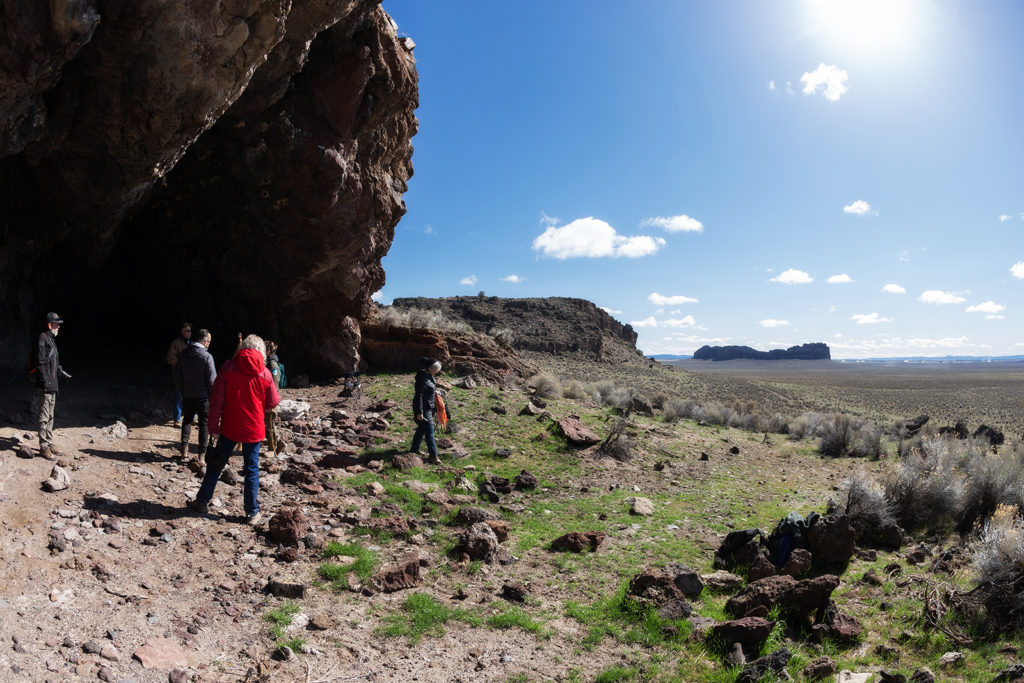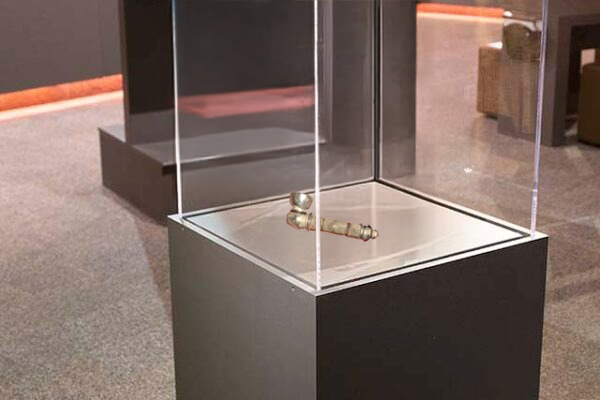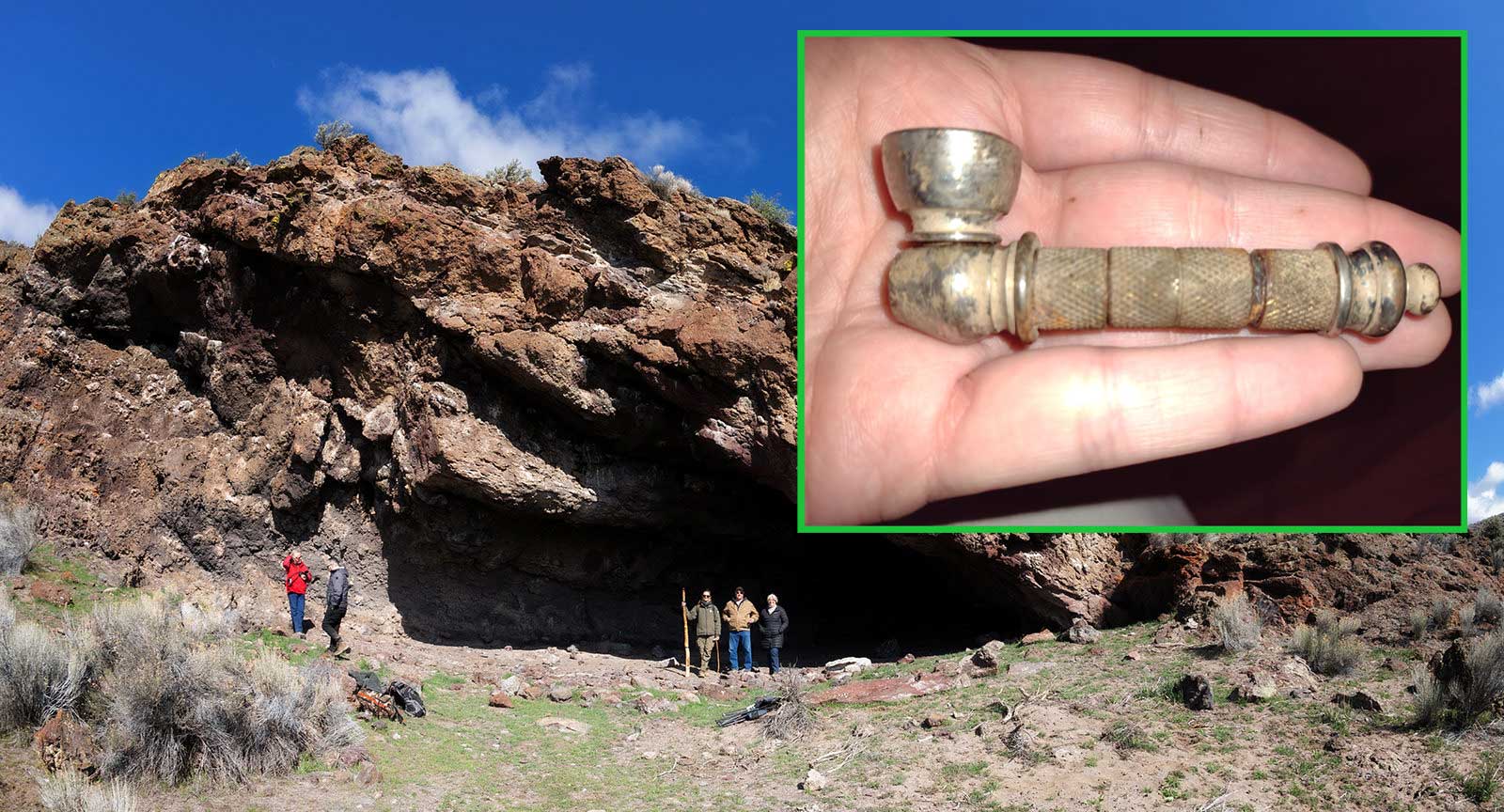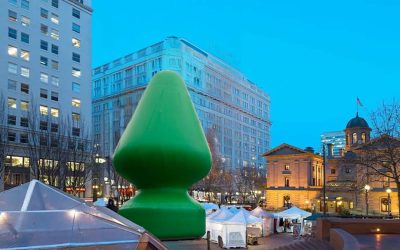FORT ROCK, OR — Archaeologists working near the site of Oregon’s famed ancient sandals have stumbled upon a curious metallic object of unknown function, believed to date back to the late 1970s—a time period researchers refer to as “post-Woodstock but pre-Reagan, culturally speaking.”
The object, small enough to fit in the palm of one’s hand, features a shallow bowl-shaped opening, a tubular body with textured grip, and what experts are calling “a suspiciously chill aura.”
“We can’t say exactly what this was used for,” said Dr. Mark Delaney, an anthropologist at the University of Oregon. “It could be a ceremonial wand, a tool for herbal sorting, or some sort of wind instrument for very tiny, mellow people. All we know is it reeks of significance… and also patchouli.”

Early residue testing revealed faint traces of scorched organic matter, human lip oil, and a surprisingly high concentration of drum circle energy. There are also worn etchings on the surface that some believe may be runes, while others say the markings clearly read: “Truckin’.”
“This is the kind of find that rewrites how we understand nomadic tribes of the era,” Delaney said. “We believe this group followed a seasonal migration pattern, traveling between natural amphitheaters and record store parking lots.”
Though archaeologists are avoiding definitive classification, several have noted similarities to “personal smoke-based technologies” rumored to be widespread among 1970s subcultures. However, in the absence of hard proof, the artifact remains officially labeled as a “multi-use cultural device.”
One member of the research team, who asked not to be named, reported feeling “a weird calm” upon holding the artifact, followed by a sudden craving for bean burritos and a 37-minute live version of Dark Star.
Theories vary. Some believe the object was part of a larger ritual kit, possibly paired with feathers, denim scraps, and something referred to in ancient oral tradition as “a killer bootleg from Red Rocks.” Others say it could have been a peace pipe for squirrels.

For now, the artifact is on display at the Fort Rock Valley Historical Homestead Museum, inside a climate-controlled shadowbox lined with velvet and incense ash. Visitors can view it next to other period artifacts, including a rusted can of Tab and a broken 8-track labeled “Live Dead '74.”
A small handwritten card beneath the object reads simply:
“Unidentified 1970s Object – Likely Held, Shared, and Treasured. Possible Connection to Regional Jam Band Worship Practices.”
Scholars will continue studying the item, but one thing is already certain: wherever it came from, the people were barefoot, blissed out, and extremely into the Grateful Dead.













